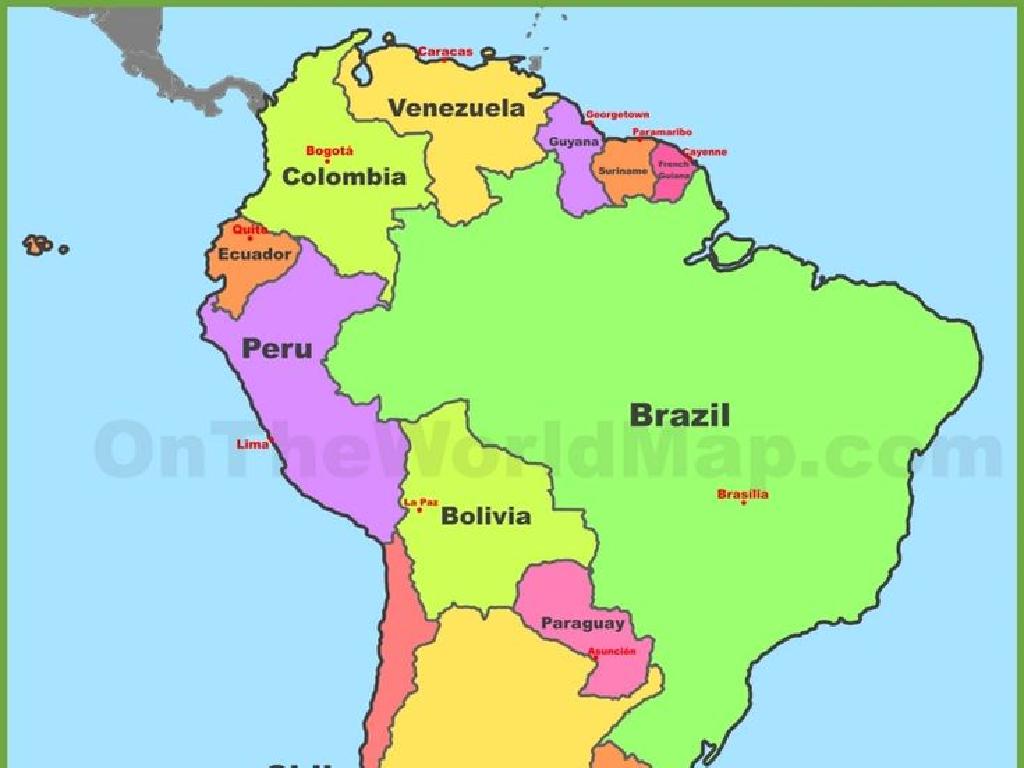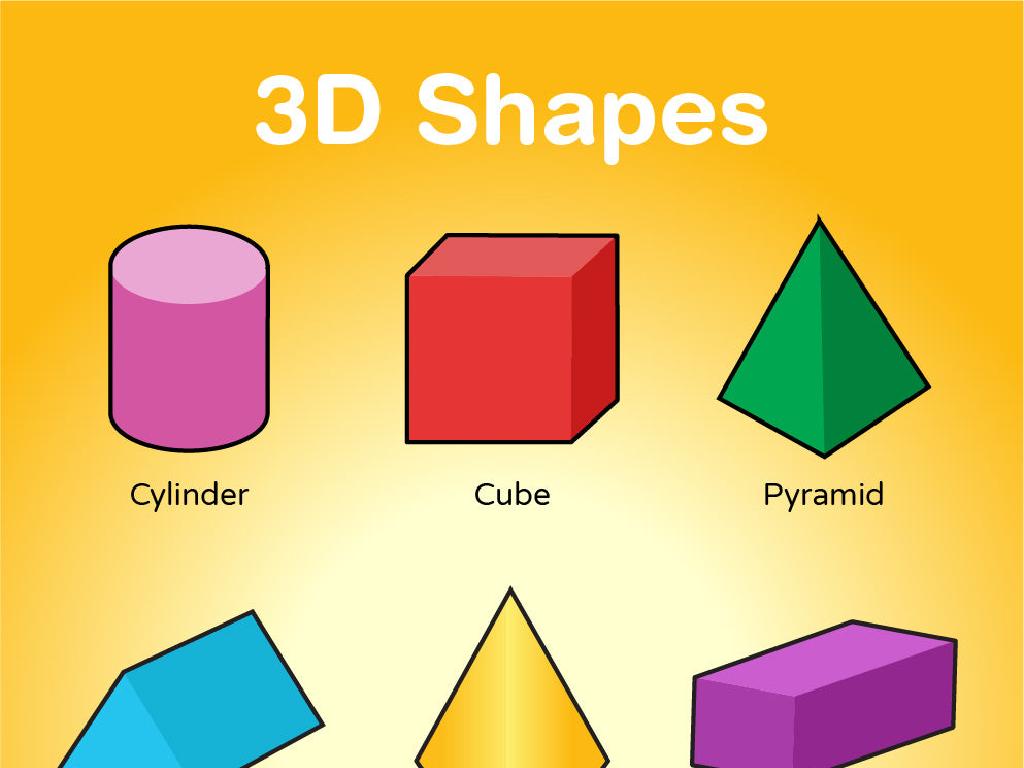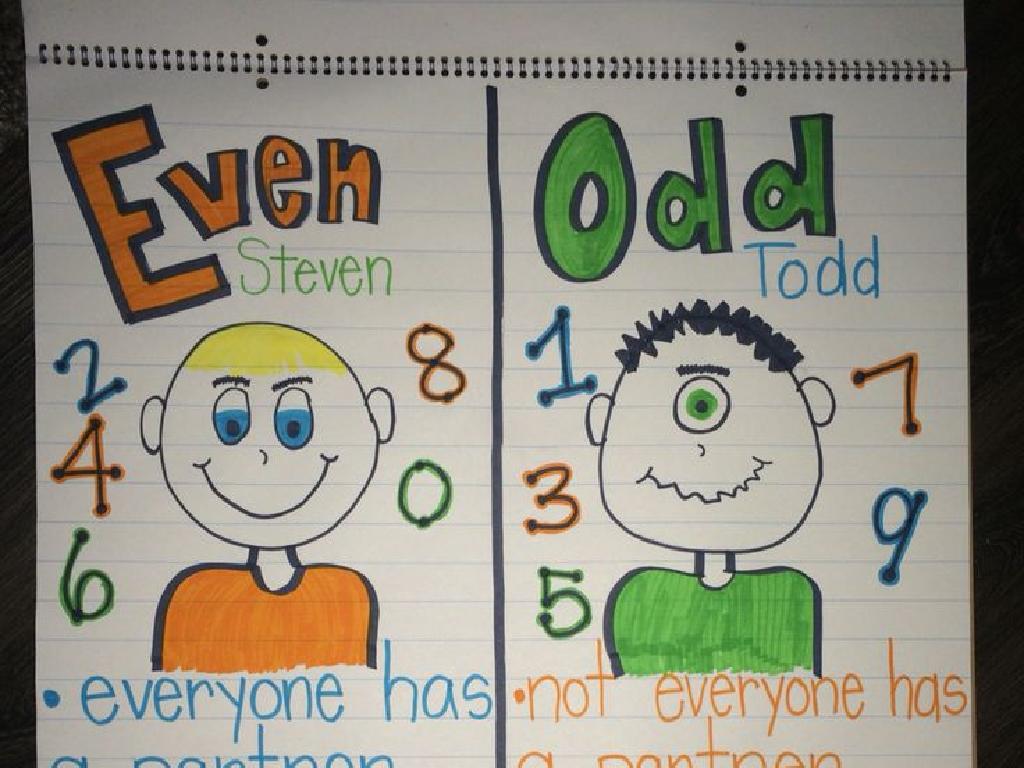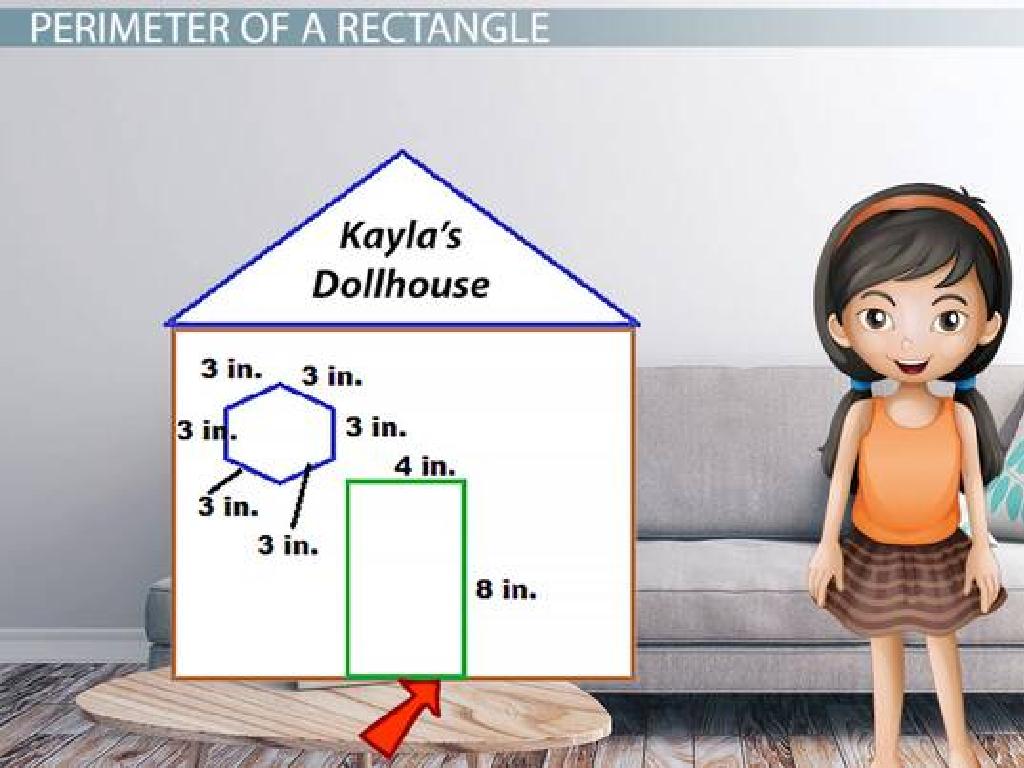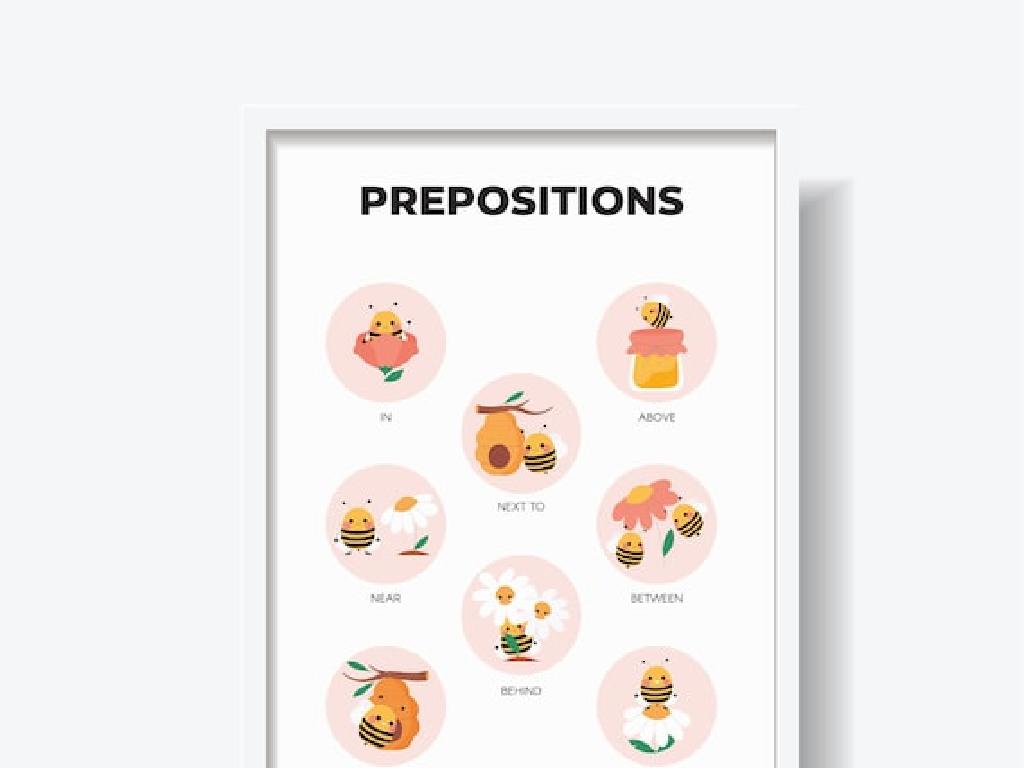Thanksgiving
Subject: Social studies
Grade: Fifth grade
Topic: American National Holidays
Please LOG IN to download the presentation. Access is available to registered users only.
View More Content
Introduction to Thanksgiving
– What is Thanksgiving?
– A holiday for giving thanks and feasting
– Why we celebrate Thanksgiving
– To honor the first harvest and feast between Pilgrims and Native Americans
– When is Thanksgiving celebrated?
– Observed on the fourth Thursday in November
|
This slide introduces students to the holiday of Thanksgiving, a significant American tradition. Begin by explaining that Thanksgiving is a day for people in the United States to give thanks for what they have, including family, friends, and their livelihood. It’s also a day known for a large meal or feast. The historical reason for celebrating Thanksgiving dates back to the early Pilgrims and the Native Americans coming together to share a meal and give thanks for a successful harvest. It’s celebrated annually on the fourth Thursday of November. Encourage students to think about what they are thankful for and to share their own family traditions or favorite Thanksgiving dishes.
The History of Thanksgiving
– Pilgrims and Native Americans
– The Pilgrims celebrated the harvest with the Wampanoag tribe.
– The first feast in 1621
– A three-day feast with games and food to give thanks for the harvest.
– Thanksgiving’s journey to a holiday
– In 1863, President Lincoln proclaimed it a national day of thanks.
– Thanksgiving today
|
This slide aims to educate students on the origins and significance of Thanksgiving. Begin with the story of the Pilgrims, who settled in Plymouth, and their relationship with the Native Americans, specifically the Wampanoag tribe, who helped them survive. Discuss the first Thanksgiving feast in 1621, which was a celebration of the harvest and included three days of feasting, games, and unity. Explain how Thanksgiving evolved over time and was eventually declared a national holiday by President Abraham Lincoln during the Civil War as a way to unite the country. Conclude by discussing how Thanksgiving is celebrated today, with parades, feasting, and giving thanks for what we have. Encourage students to think about what Thanksgiving means to them and how historical events have shaped the holiday’s traditions.
Thanksgiving Traditions
– Gathering with loved ones
– Families and friends come together to celebrate
– Enjoying a Thanksgiving feast
– Traditional foods like turkey, stuffing, and pumpkin pie are enjoyed
– Watching parades and football
– Iconic parades and football games are popular on Thanksgiving Day
– Reflecting on gratitude
– A time to give thanks and count our blessings
|
This slide aims to familiarize students with common Thanksgiving traditions in the United States. Emphasize the importance of gathering with family and friends as a way to strengthen bonds and create memories. Discuss the typical Thanksgiving meal, highlighting the significance of each dish and its historical roots. Explain how watching parades, such as the Macy’s Thanksgiving Day Parade, and football games has become an integral part of the holiday. Encourage students to think about what they are thankful for and to share their own family traditions. This can lead to a class discussion about gratitude and different ways people celebrate Thanksgiving across the country.
Thanksgiving Foods: A Delicious Tradition
– Turkey: Star of the meal
– Often roasted, symbolizes abundance
– Sides: Stuffing and potatoes
– Fluffy mashed potatoes and savory stuffing complement the turkey
– Cranberry sauce: A tangy addition
– Adds a sweet and sour flavor, balancing the savory dishes
– Pumpkin pie: Sweet end to feast
– A favorite dessert, made from pumpkins, spices, and crust
|
This slide introduces students to traditional Thanksgiving foods, emphasizing their roles in the celebration. The turkey, usually roasted, serves as the meal’s centerpiece and represents abundance. Side dishes like stuffing and mashed potatoes are staples that complement the turkey’s flavors. Cranberry sauce, with its unique tangy taste, adds a burst of sweetness and acidity, balancing the savory dishes. Pumpkin pie, a crowd-pleaser, concludes the meal with its sweet, spiced filling. Encourage students to share their own family’s Thanksgiving dishes and discuss how food brings people together during this holiday.
Being Thankful on Thanksgiving
– Why giving thanks matters
– Appreciation for blessings improves happiness.
– Sharing our gratitude
– Telling others what you’re thankful for can spread joy.
– Reflecting this Thanksgiving
– Thanksgiving is a moment to think about our blessings.
– The spirit of Thanksgiving
|
This slide aims to teach students about the significance of gratitude, especially during Thanksgiving. Discuss why it’s important to give thanks and how it can positively affect our mood and relationships. Encourage students to share what they are thankful for with the class, fostering a sense of community and thankfulness. Highlight that Thanksgiving is not only about the historical event but also a contemporary time for reflection on the good in our lives. The spirit of Thanksgiving is about recognizing and celebrating our blessings, and this slide should inspire students to embrace that spirit.
Thanksgiving Today: Modern Celebrations
– Family gatherings and feasts
– Families come together to share a meal, often including turkey and other traditional dishes.
– Volunteering in the community
– Many people spend time helping at shelters or food banks, giving to those less fortunate.
– The tradition of Turkey Pardon
– Each year, the President ‘pardons’ a turkey, saving it from being eaten.
– Reflection on gratitude
|
This slide aims to illustrate how Thanksgiving is celebrated in contemporary times, emphasizing the importance of family, community service, and national traditions. Highlight the significance of the holiday as a time for Americans to gather with loved ones and give thanks for what they have. Discuss the value of volunteering and how it reflects the spirit of giving thanks by giving back to the community. Explain the quirky tradition of the Presidential Turkey Pardon as a light-hearted ceremonial event that captures public imagination. Encourage students to think about what they are thankful for and how they can show gratitude in their lives.
Class Activity: Creating a Thankful Tree
– Craft your own Thankful Tree
– Write your thanks on leaf cutouts
– Think about people, moments, or things you appreciate
– Share your gratitude with classmates
– Discussing what we’re thankful for builds class community
– Add your leaves to the class tree
– Our tree will represent our collective gratitude
|
This activity is designed to help students reflect on gratitude and understand the significance of Thanksgiving. Provide students with construction paper to create their Thankful Tree and leaf cutouts. Guide them to contemplate what they are thankful for, which could include family, friends, health, or specific events. Encourage them to write these on the leaves. After sharing, students will attach their leaves to a larger tree display in the classroom, symbolizing the collective gratitude of the class. This visual representation serves as a reminder of the things we value and the importance of giving thanks. For the teacher: Prepare additional activities such as a gratitude journal, a discussion on the history of Thanksgiving, or a role-play on the first Thanksgiving to accommodate different learning styles.

